- PetroChina entered Xinjiang andbuilt the largestoil and gas reserve base and engineering and technical service support base in the west.

In 1955, the Karamay No. 1 well produced oil, which opened the prelude to the development of Xinjiang's petroleum industry. Over the past 66 years, PetroChina has actively fulfilled its three major responsibilities, in line with the country’s development strategies in various periods and the needs of Xinjiang’s economic and social development. It has successively built three oil and gas fields and three oil refining and chemical bases, becoming an important force in driving Xinjiang’s economic construction and social development. Standing at a new historical starting point, PetroChina has effectively integrated its thoughts and actions into the central decision-making and deployment, and contributed to the construction of a new era of unity, harmony, prosperity, civilization, progress, peaceful living and work, and a good ecological new era of socialism in Xinjiang with Chinese characteristics.
Those who are big in their minds bravely shoulder the important task of safeguarding national energy security
Xinjiang is rich in underground oil and gas resources and is an important oil and gas production base in my country. Over the years, implementing the strategic decision of "stabilizing the east and developing the west" of my country's petroleum industry and finding strategic replacement areas for oil and gas resources have been the constant pursuit of oil people. For decades, oilmen have been searching for oil and gas in the Gobi desert, and have successively discovered a number of important achievements such as the 1 billion-ton conglomerate oil field in Mahu, Xinjiang, and handed in a high-quality answer sheet. The Tarim Oilfield has launched an offensive battle for oil and gas exploration and development. A total of 32 large and medium-sized oil and gas fields have been developed. By 2020, 30 million tons of large oil and gas fields and 30 billion cubic meters of large gas fields will be fully completed, contributing more than 400 million tons of oil and gas production to the country in more than 30 years. Xinjiang Oilfield has implemented the "five core projects" for increasing reserves and production, and has stabilized production of more than 10 million tons for 19 consecutive years. The construction of modern large oil and gas fields has taken solid steps. The Tuha Oilfield has successively implemented 7 oil and gas enrichment zones, opened up two hundred million-ton-level scenes of ultra-deep heavy oil and tight sandstone oil, accumulated 25 proven oil and gas fields, and contributed more than 83 million tons of oil and gas equivalent to the country.

The arrow is upward, unstoppable. After years of development, PetroChina’s oil and gas output equivalent in Xinjiang has reached 1/5 of PetroChina’s annual domestic output, and the processing volume of crude oil accounts for 1/10 of PetroChina’s overall GDP, contributing nearly 10% to the autonomous region’s GDP. The status of a large-scale oil and gas production, processing and reserve base and an onshore oil and gas strategic channel. PetroChina adheres to strategic and overall planning for the development and overall planning of the oil and gas business in Xinjiang, firmly positioning itself as the "main battlefield for high-quality development". While fully advancing the oil and gas business such as exploration and development, refining and chemical industry, and oil and gas sales, it has built Dushanzi Petrochemical A number of key projects such as the Tarim Ethane-to-Ethylene National Demonstration Project have promoted the development of downstream industries in local industrial parks and made frontier towns full of vitality. Along the 314 and 315 national highways, Korla, Kuqa, Luntai, Baicheng, Zepu, Qiemo and other petroleum new cities are like pearls inlaid on the edge of the Tarim Basin in southern Xinjiang.
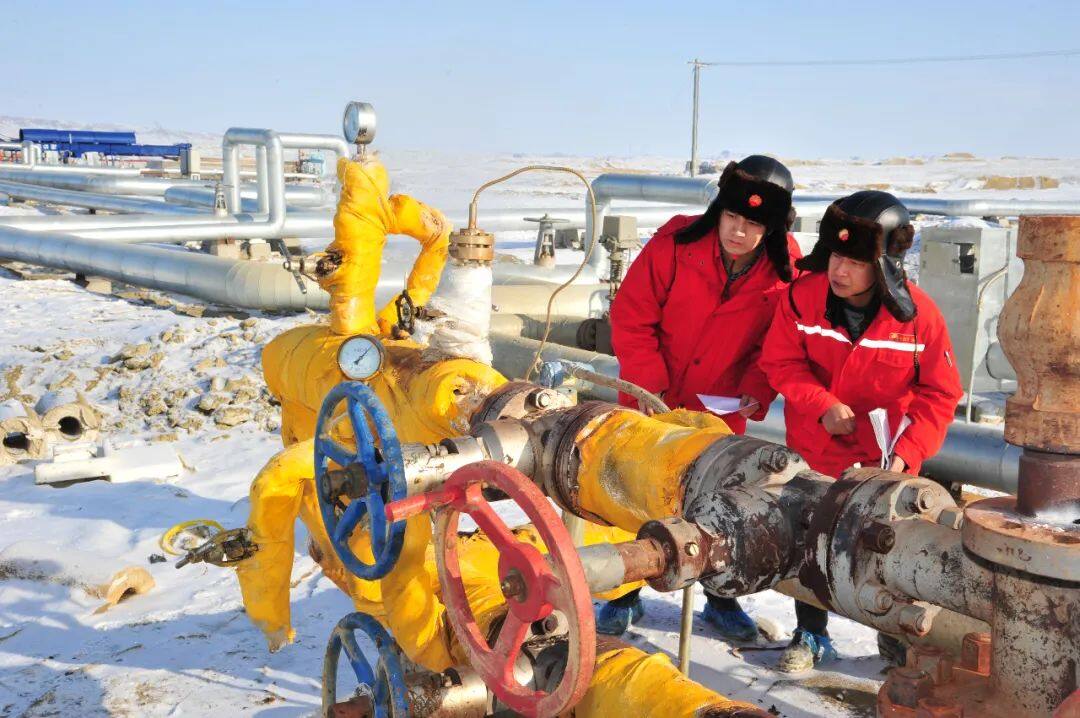
In northern Xinjiang, due to the construction of Xinjiang oilfields, a beautiful oil city Karamay has risen in the deserted beaches, driving the rapid construction of surrounding cities such as Kuitun and Shihezi. Data shows that the petroleum and petrochemical industry accounts for more than half of the industrial added value in Xinjiang, which not only supports GDP and the growth of the secondary industry, but also promotes the rapid development of related industries. Over the years, PetroChina has promoted the development of Xinjiang's local economy through various forms of capital injection such as tax payment, joint ventures, etc., and more than 5,300 construction projects during the "13th Five-Year Plan" period. Relying on its huge petroleum industry, Xinjiang has drawn up its own development roadmap, and jointly composes the main theme of high-quality development in the new era with PetroChina.
Practicing the double-carbon goal, striving to be a guardian who cares for the blue water and blue sky
As the closest area to the Taklimakan Desert, Hotan has 220 days of dusty weather a year. People have to cut down the sand plants such as Populus euphratica and tamarisk, forming a vicious circle. PetroChina has vigorously promoted the natural gas benefiting project in southern Xinjiang, and built a natural gas benefiting people pipeline network of more than 3,600 kilometers around the basin, connecting villages and counties in southern Xinjiang in series, increasing the penetration rate of local natural gas into households, and increasing the weather in Hetian by 100 For many days, the busy firewood market disappeared, and the ecological environment was able to recuperate. In northern Xinjiang, Xinjiang Oilfield has accelerated the construction of the Hutubi, Mahe, and Kelamei gas fields, and at the same time sent "good luck" to the residents of Karamay, Changji, Shihezi and other places, not only from the "diesel coal era" to the "clean energy era" , Has also attracted a batch of natural gas-related chemical companies to invest, providing a "green engine" for local economic and social development. Over the years, PetroChina has firmly established and practiced the concept of "green water and green mountains are golden mountains and silver mountains", adhered to the concept of green development-development in protection, protection in development, and environmental protection first, continued to strengthen pollution prevention and control, and accelerated the formation of resource conservation. The industrial structure and production methods that protect the environment will help the construction of Damei Xinjiang.
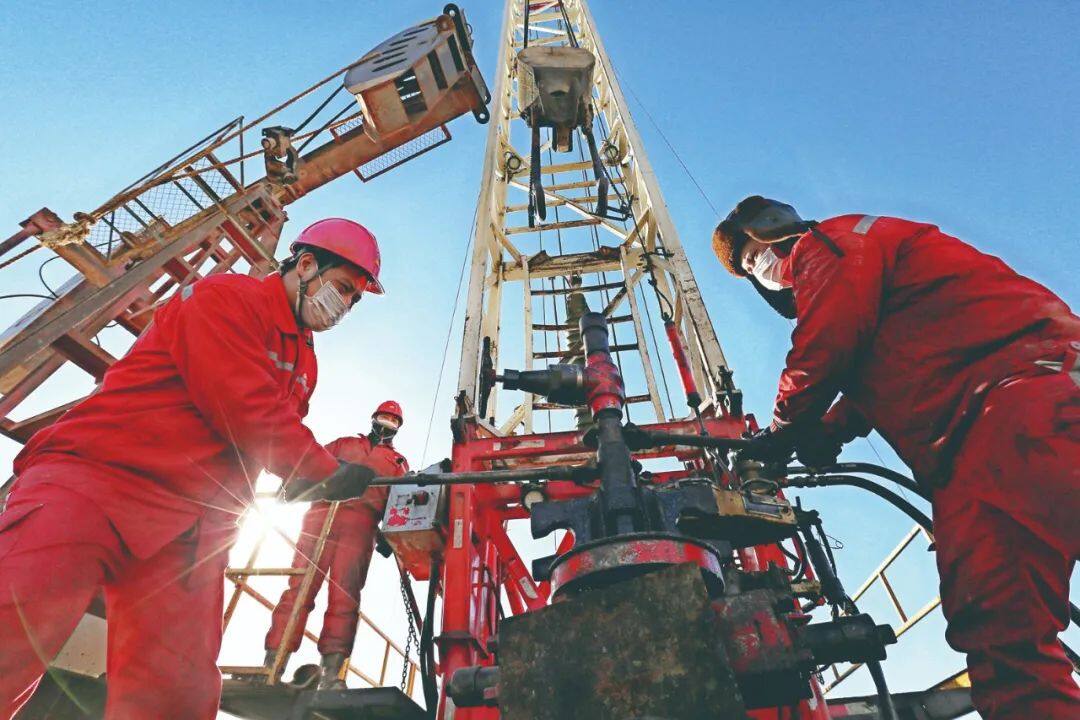
Urumqi Petrochemical has implemented the "green production method" and integrated environmental protection into every aspect of production. During the "13th Five-Year Plan" period, it has successively implemented projects such as oil quality upgrading, energy saving, water saving and emission reduction, and environmental protection, accounting for 42.5% of the total investment. . Dushanzi Petrochemical strictly controls the discharge of the "three wastes", prevents ecological environmental risks, and establishes a "green and odorless factory" to fully establish a harmonious symbiosis environment with the surrounding areas. As of the end of 2020, the company has more than 230 environmental protection facilities and 118 online monitoring facilities. The scenery of the north and south of Tianshan Mountains and beyond the Great Wall presents a beautiful scene of oil and gas field development in harmony with nature.
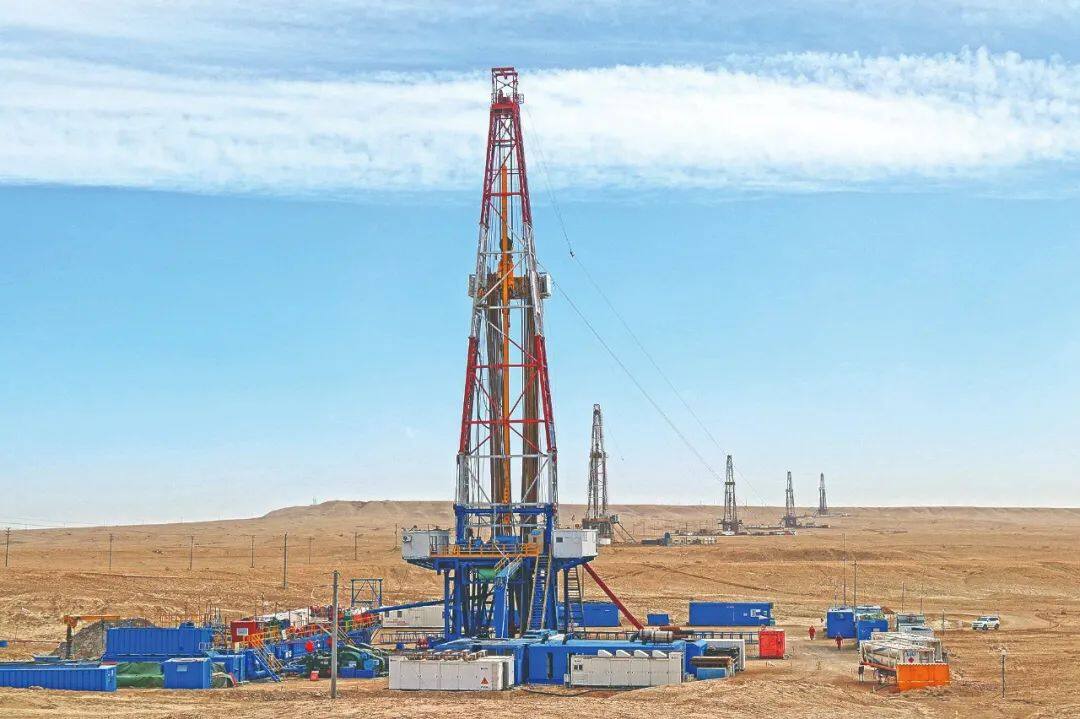
39 wells in the Tarim Oilfield were withdrawn from the National Populus euphratica Forest Reserve, and vegetation was restored through artificial watering and irrigation, sowing grass seeds, etc.; in the "Sea of Death", an environmental protection "special zone" was established in the Qianli Oil and Gas Region. In order to protect the Przewalski's wild horses, Mongolian wild donkeys and other rare wild animals, Xinjiang Oilfield has successively completed the well closure of the remaining 220 wells and the dismantling of all supporting surface facilities, and the restoration of the surface area of 352 square kilometers... The development of new energy is also implemented." Vigorous action for the goal of "double carbon". PetroChina gives full play to Xinjiang’s resource advantages, actively plans the integrated development of oil, gas, wind, and solar energy, deploys demonstration projects such as photovoltaic power generation and wind power, increases the proportion of low-carbon and zero-carbon energy, and demonstrates its "green responsibility" in the contribution of clean energy. ".
Caring about the people
How long is a road? In Yatungusi Village, it is 18 kilometers; from Santang Lake to Naomao Lake, it is 154 kilometers; along the western pipeline, it is more than 600 kilometers; and the desert highway that runs through Taklimakan stretches for 1,532 kilometers. These dual-use roads built by oilmen are affectionately called "oil roads" and "happy roads" by the people of Xinjiang, helping the local people to move towards a better life. While working hard on the path of high-quality development, PetroChina is dedicated to assisting Xinjiang's development, combining enterprise development with local infrastructure, economic development, people's income increase, and environmental improvement, so as to invigorate and refuel on this beautiful land. "To create harmony and move forward hand in hand.
As the main force in the development of oil and gas resources in Xinjiang, PetroChina actively participates in and supports Xinjiang's economic and social construction, and takes driving local economic development and helping ethnic minority people to get rid of poverty and become rich as a political task to promote ethnic unity and maintain social stability. In terms of engineering construction, transportation, production and living services, etc., the market was actively opened to local enterprises, and the road of integration and development of petroleum enterprises and local economy was taken. Looking for a wealthy road for the people, Tianshan enjoys the spring breeze from the north to the south. In the Gobi Desert, PetroChina writes the "oil answer sheet" of poverty alleviation, and through precise efforts, it helps poor counties, poor villages, and poor households one after another to get rid of poverty and live a happy new life. In Jimunai County, PetroChina helped local herdsmen build a whole industry chain development model integrating feed processing, cattle and sheep breeding, slaughtering, processing, and sales; in Qapqal County, PetroChina has invested a total of 8 million yuan to help the local establishment Honghua Industrial Base: In Barkol County, PetroChina has invested 10 million yuan to help fund the construction of a key tourism project. After the project is completed, more than 200 local people will be employed.
Walnuts in Zepu County, meat pigeons in Yecheng County, Roses in Yutian County, Badanmu in Shache County... these impoverished counties have shown new business cards under the impetus of industrial poverty alleviation. At the same time, PetroChina has continued to build an industrial chain, using the advantages of its outlets to help farmers open up markets, and relieved their worries about poor sales. On the road to a well-off society hand in hand, China's oil companies in Xinjiang have come up with practical measures. Urumqi Petrochemical actively coordinated funds from all parties and built more than 20 kilometers of new roads to solve the travel problems of villagers in Hannanlic Town; the village team of the transportation company led the villagers to open up wasteland and vigorously develop the courtyard economy; Karamay Petrochemical strives to improve the villagers’ housing Environment, carry out a number of residential environment renovation and repair projects. Building roads, building reservoirs, and assisting in the construction of hope schools... wherever the oilers go, the development results will benefit. PetroChina continues to increase its support to Xinjiang, explores a support model with petroleum characteristics, deeply integrates corporate development into the overall situation of local and regional economic and social development, and joins hands in creating a bright future. During the "Thirteenth Five-Year Plan" period, PetroChina carried out poverty alleviation work in areas such as people's livelihood, industry, intelligence, and consumption, and organized the implementation of 539 assistance projects, which effectively promoted the economic and social development of Xinjiang and the poverty-stricken people out of poverty.
Keywords: engineering construction, engineering news
Looking to the future, PetroChina will unswervingly implement the party’s strategy of governing Xinjiang in the new era, actively fulfill its three major responsibilities, and strive to build Xinjiang into a main battlefield for stable development and a demonstration area for harmonious development between enterprises and localities, and for high-quality development in Xinjiang. Contribute to oil power.Editor/Xing Wentao
Comment
 Praise
Praise
 Collect
Collect
 Comment
Comment
 Search
Search



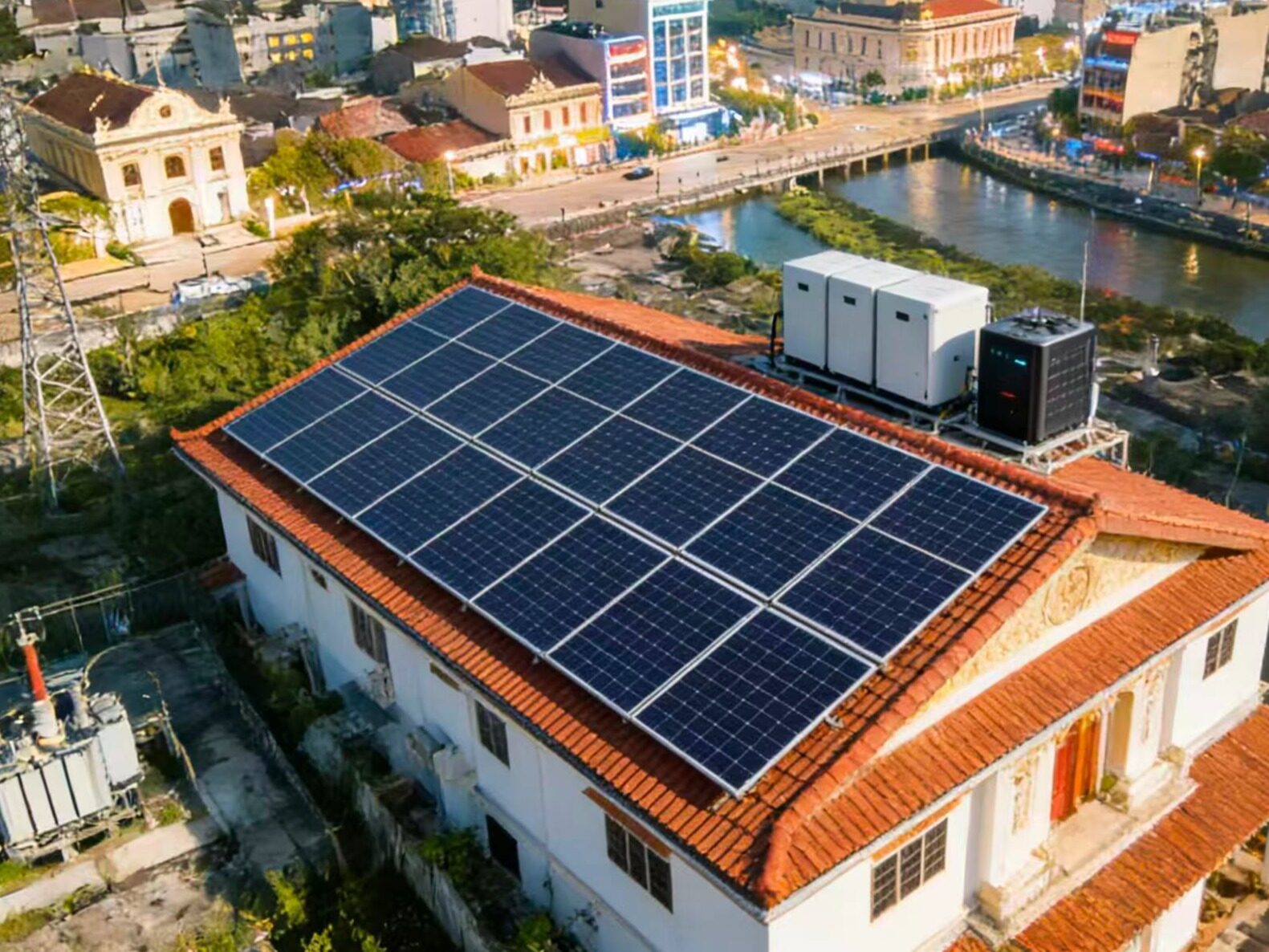

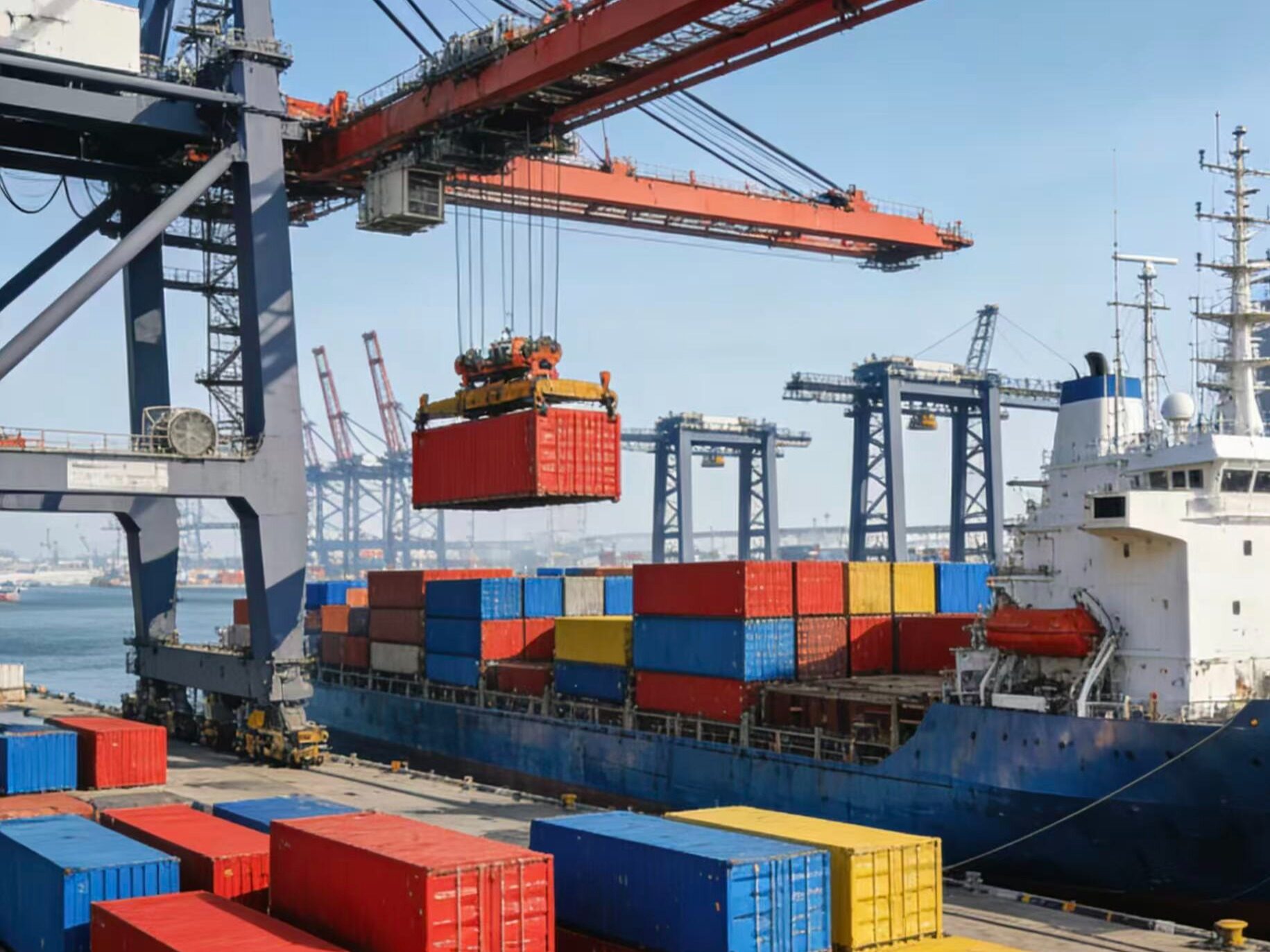
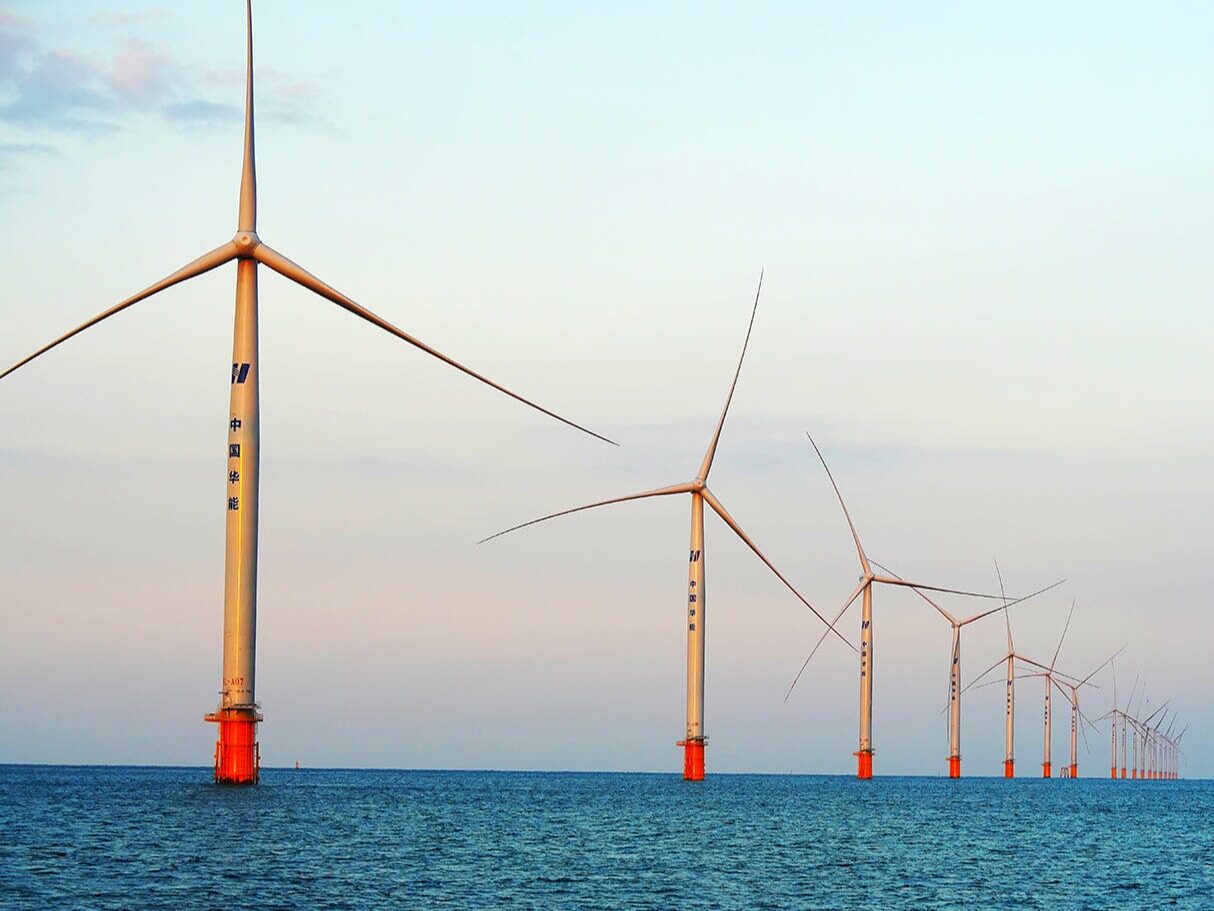
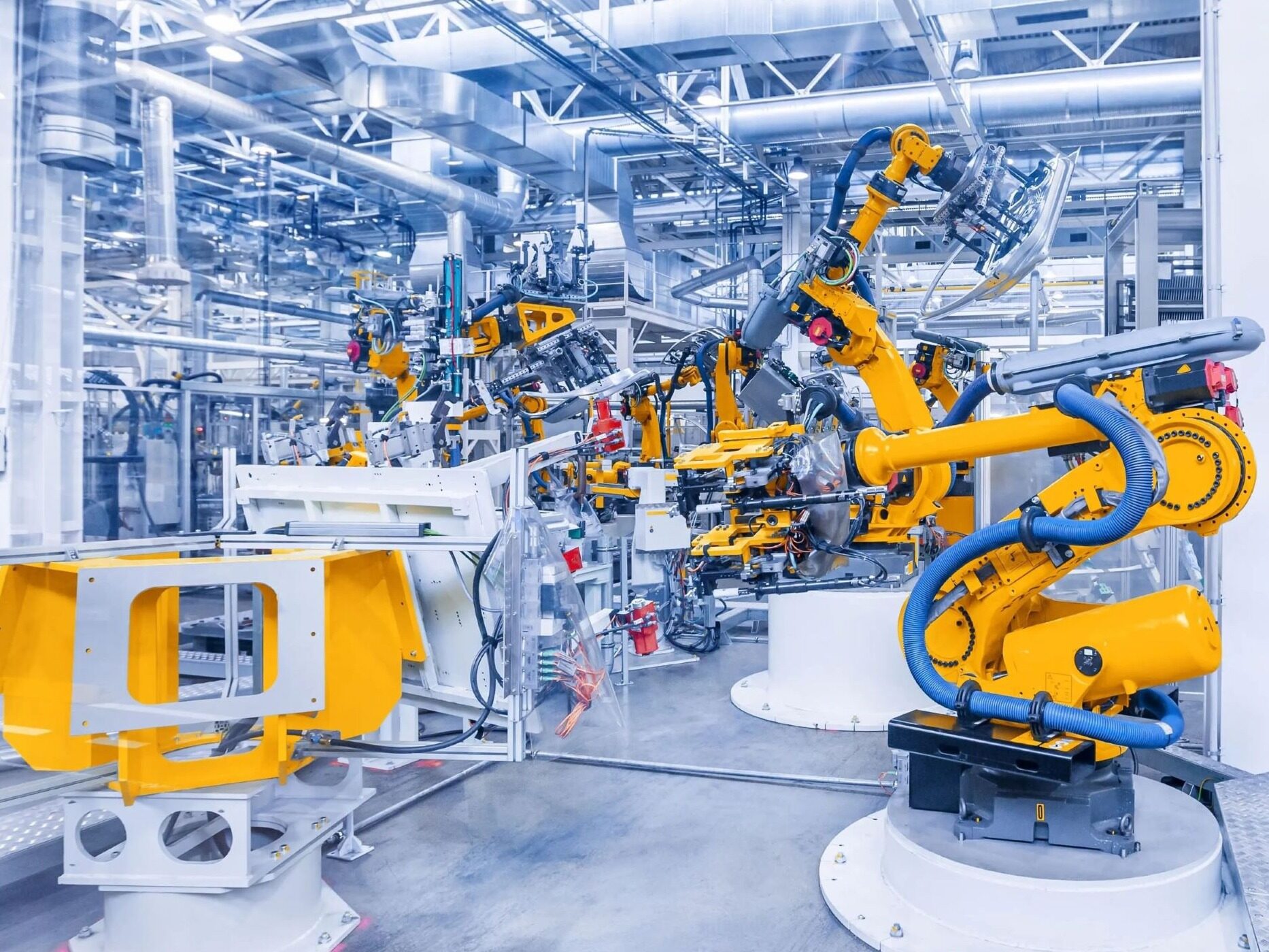






Write something~